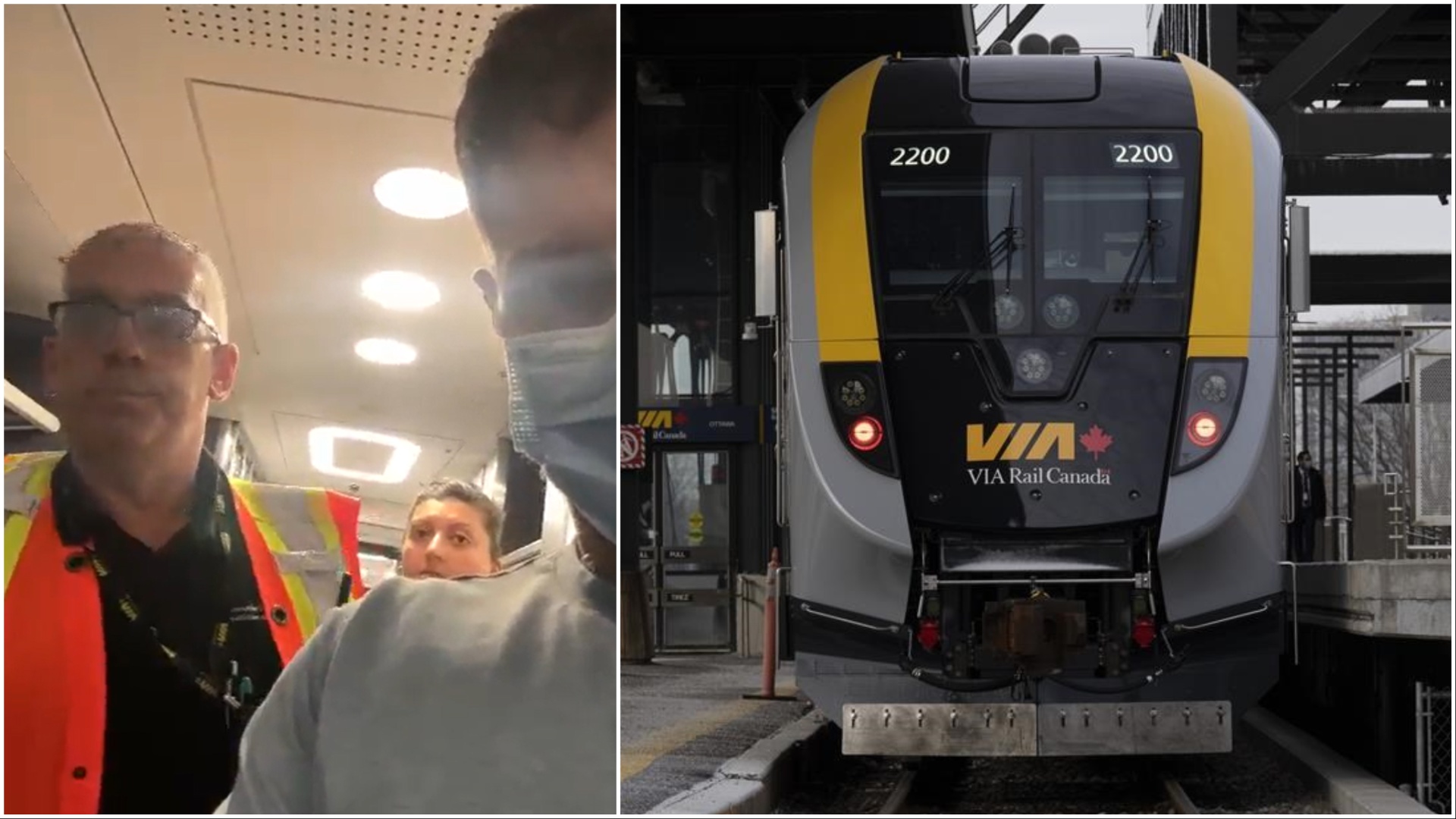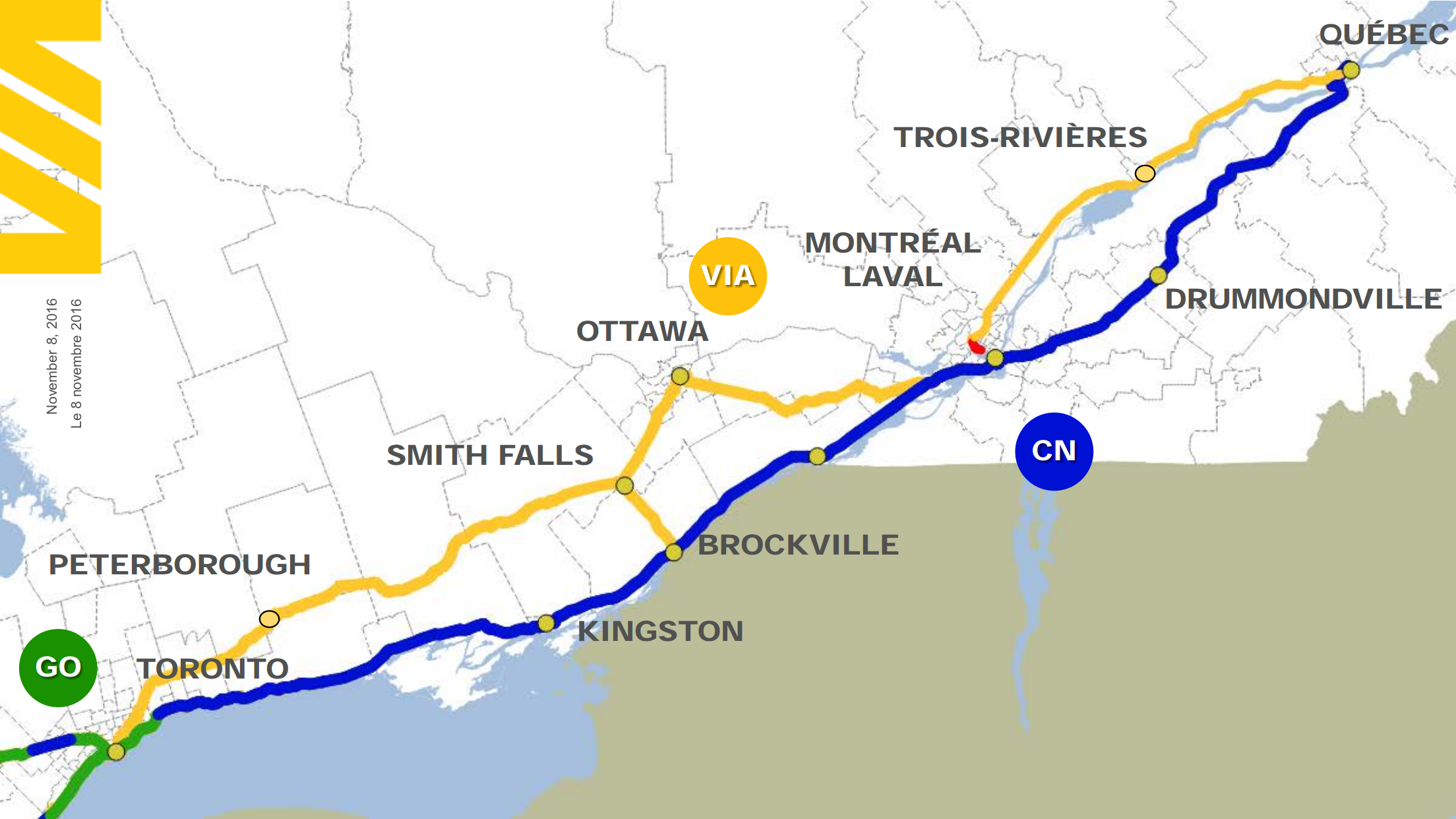reaperexpress
Senior Member
On the 6th of March when I took Via from Ottawa to Toronto they held us for an hour in Brockville with the intention to back up to Cornwall to rescue a stranded train from Montreal. After an hour they let us go because the following train from Ottawa showed up (they were the ones who ended up rescuing that train)So in those intervening hours, nobody had the authority, ability or foresight to get provisions for the passengers, maybe even a bus as soon as they got to a siding or crossing, in that deep wilderness area of Quebec? Here we go again.
Not being a railroader, but it took 3 hours for another train to hook-up and haul it back a short distance?
Even though our delay was only an hour, the crew ordered pizza to Kingston Station, which they picked up during our station stop there and handed out during the trip. Had they not given us pizza, I would have been quite hungry by the time I arrived in Toronto since I had intended to get lunch after I arrived.
It seems quite absurd that a train that was stranded next to a public road, only a 5 minute drive from the nearest town, and 60 minutes from the major station in Québec City would go for 5+ hours without being at least being reprovisionned for food and water. This was hardly deep wilderness. Is there no food delivery service in St-Apolinnaire, Laurier-Station or Québec City?
The statement from Via Rail in the TVA article says that passengers received drinks, snacks and a meal during the delay. Are they implying that that is sufficient food and drink for 14 hours? The passenger interviewed confirmed that they received food and drink, but only for the first 4 hours, leaving them without food or water for the remaining 6 hours of delay.
Last edited:






